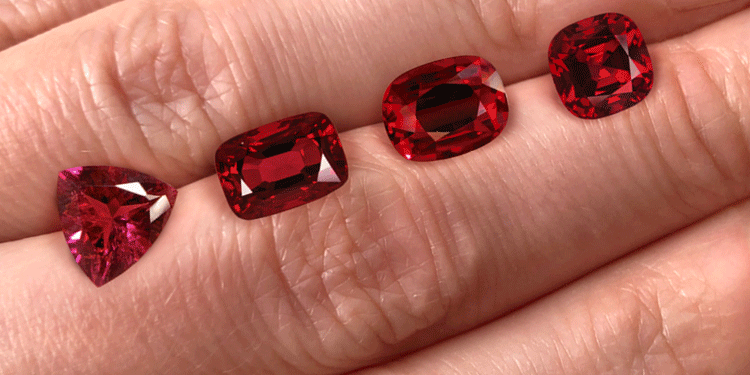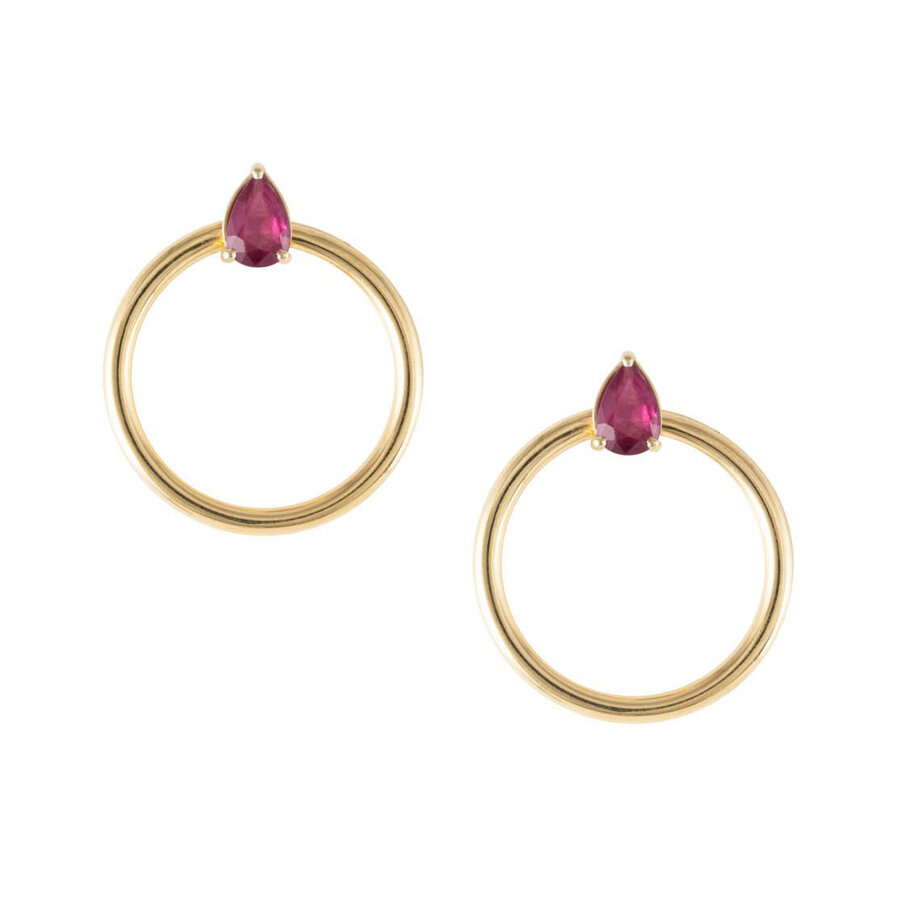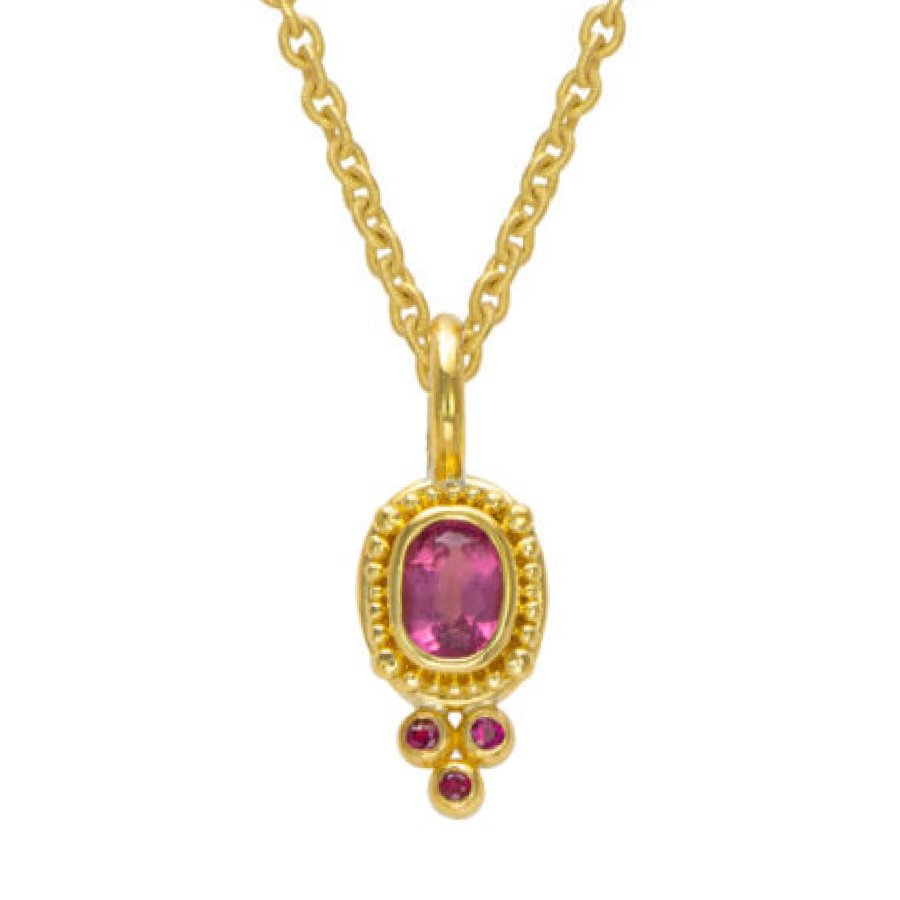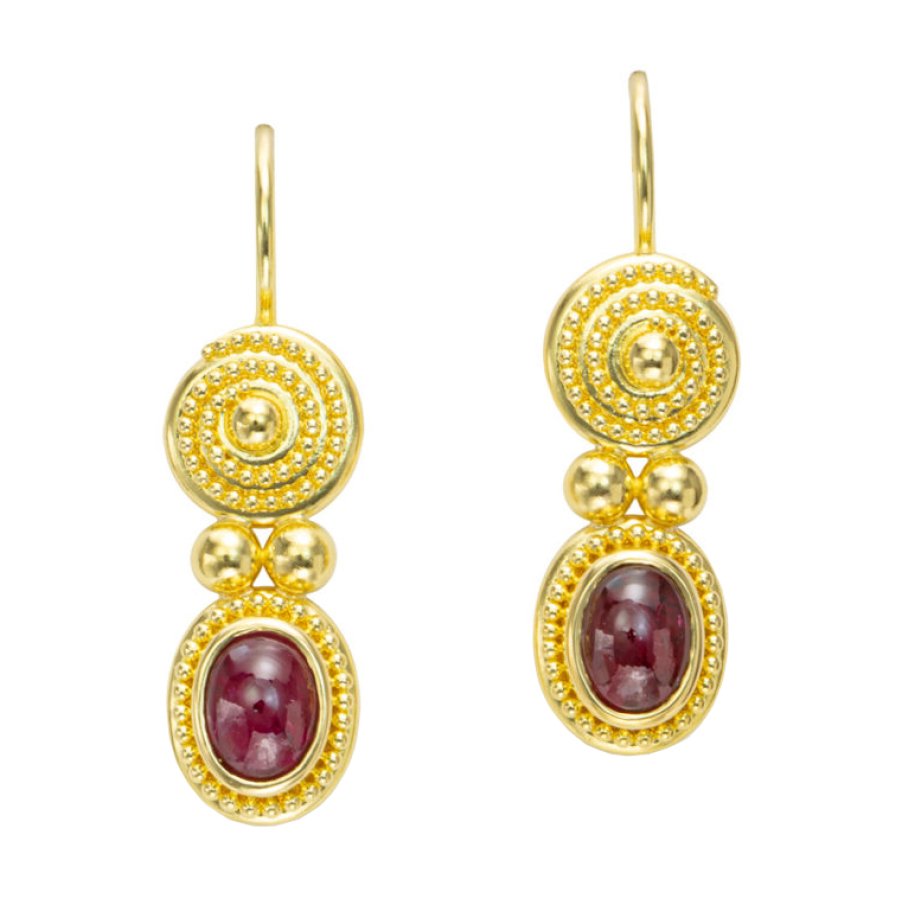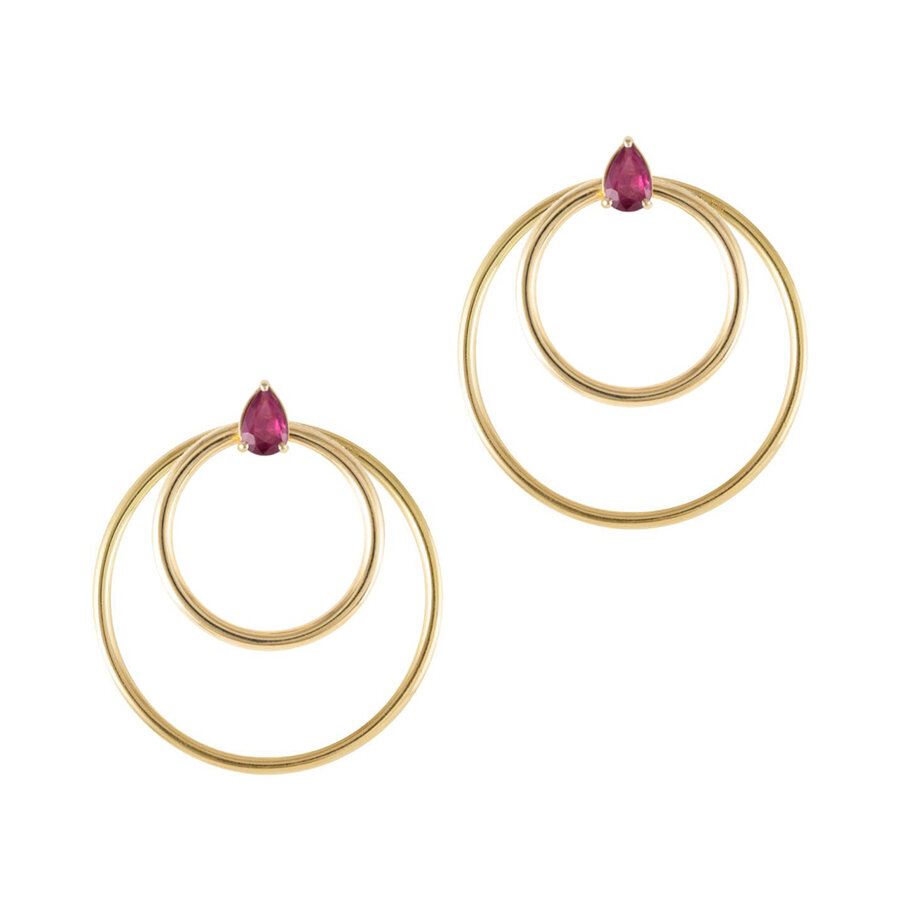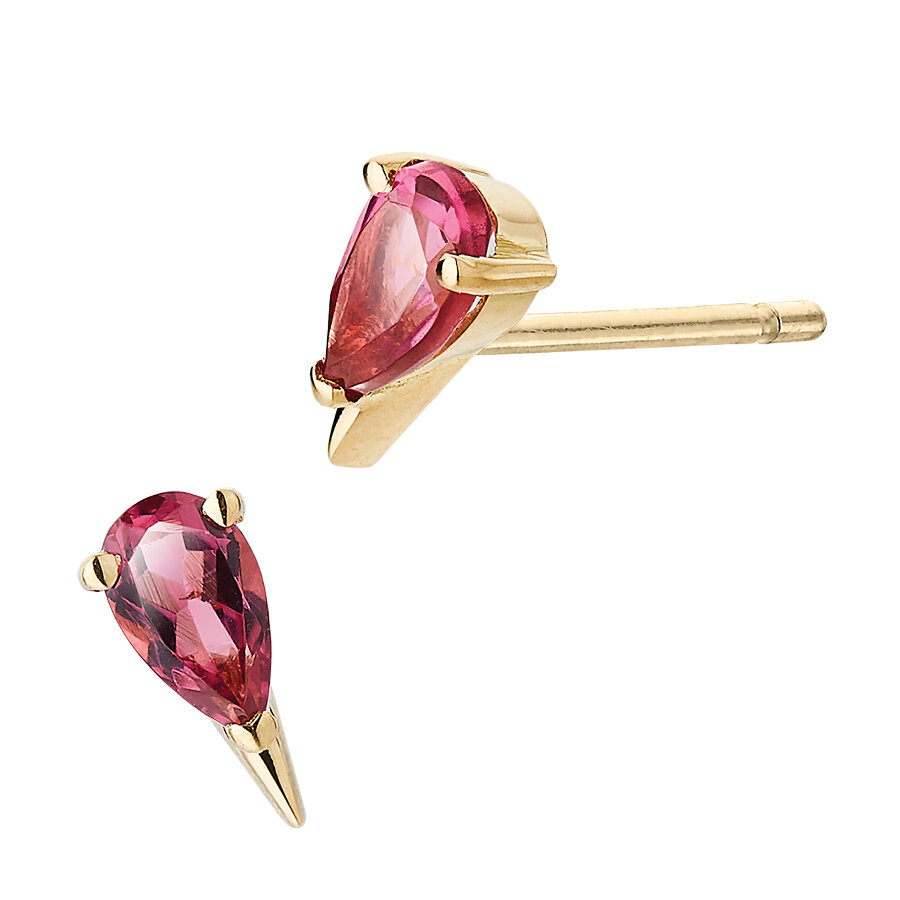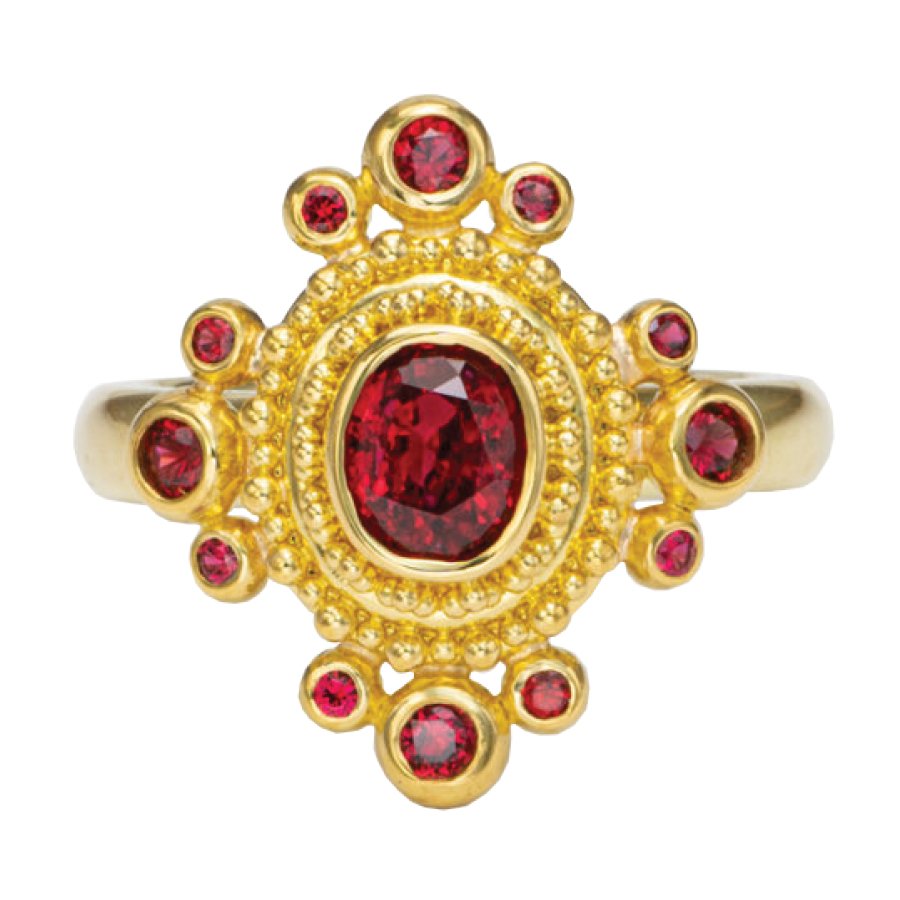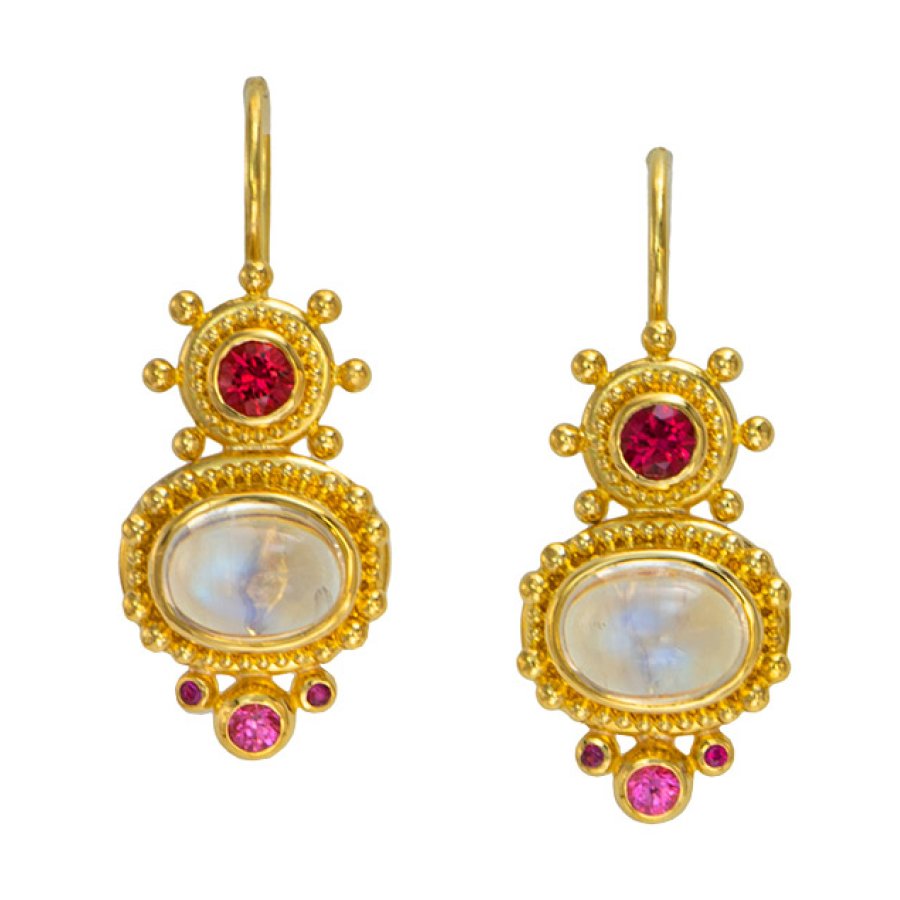SHOP ruby jewelry…and her gorgeous DOPPELGÄNGERS
More rare than diamonds, rubies are among the most valuable gemstones with a riveting history and some seriously beautiful science! She also has gorgeous doppelgängers which I will gush about shortly, but you can learn all about rubies via: The Skinny on Ruby!
Meet three ethically sourced rubies that create positive social impact
These are responsibly sourced from artisanal miners and cut by celebrated precision faceter Roger Dery. He along with his wife Ginger and daughter Rachel founded Gem Legacy, a 501(c)3 which provides vocational training, equipment, and support to entrepreneurs in mining communities.
Some of these are WOMEN, such as the Precious Women Mine!
Meet ruby’s equally gorgeous doppelgängers:
These stunners are spinel, garnet, tourmaline, and even sapphire! All of these gemstones exhibit rich red hues - and can be more attainable options that are equally alluring.
A Sparkling Tasting of ruby-hued gemstones including tourmaline, ruby, and garnet can be found here!
SHOP:
RUBY LOOK ALIKES
For centuries spinel was mistaken as ruby (and sapphire), which is why spinel bears the name of “the great imposter”. Part of this may have been due to the fact that spinel can be found alongside ruby and sapphire deposits. It was not until 1783 that spinels were differentiated from these gemstones.
The word garnet originates from the Latin word ‘granum’ meaning seedlike - referencing both the round shape of the crystal and the rich, red hue of pomegranate seeds. The most common variety we all know well is the raspberry-red, purplish-red rhodolite garnet, but there is also pyrope (dark red) and almandite (brownish red).
Tourmaline has the wonderful distinction of exhibiting a vast variety of colors - one of the most in the entire gem kingdom! Rubellite can be an array of shades ranging from light pink to ruby red hues with slight shifts towards orange, brown, or purple hints.
Rubies and Sapphires are the same mineral species, corundum! Sapphire can be any color of the rainbow except red, which makes it a ruby. While it is the presence of chromium that results in this rich red hue, some pink sapphires can be very close to being considered a ruby. For such cases, classification between the two can be subjective.
You can find things to know about each of these gemstones via:
WHAT DOES RESPONSIBLY SOURCED JEWELRY MEAN?
The jewelry you discover here is discerning because of the unique design signature and the careful consideration of the materials selected.
Just like we know where our food is from and who made our clothes, why not jewelry?
Responsible sourcing goes beyond ethically or sustainably sourced. This encompasses conflict-free, traceability, protecting people, their skills, and the environment be it land or sea. This is an open, evolving conversation worth having, as we all seek to make choices that align with our values.
As much as possible, the designers in this community do their best to choose jewelry “ingredients” that honor this.
Gemstones can be responsibly sourced or post-consumer recycled (recovered from previously worn jewelry to be reset in a new design).
For precious metals, this can mean using recycled gold - or a step further is mercury-free Fairmined gold.
An ongoing initiative worth following is the Jewelry Glossary Project.
The purpose is to create shared definitions of key terms within the jewelry industry for use by the trade and the public. The project was launched to increase transparency throughout the supply chain, by building consensus on definitions for key terms and creating accountability for their usage.

